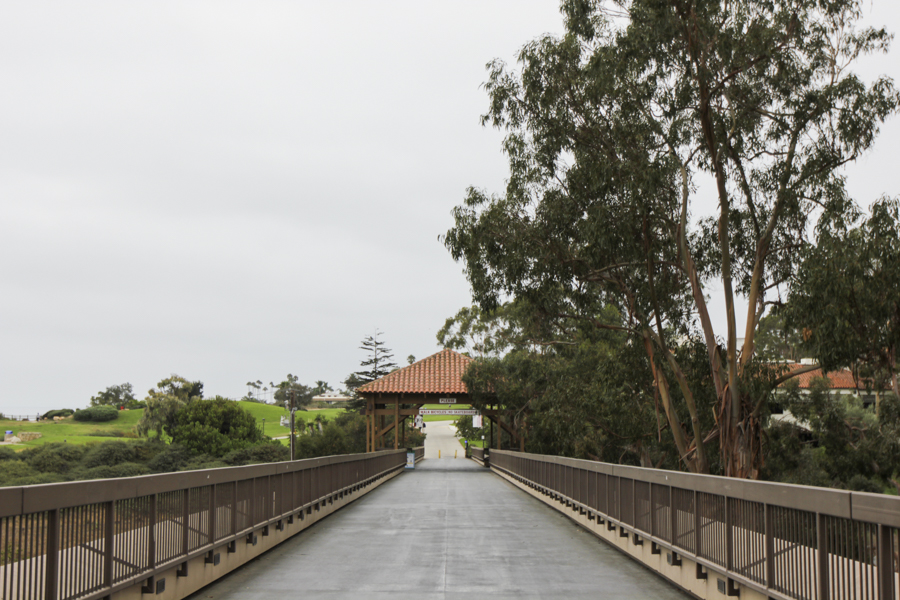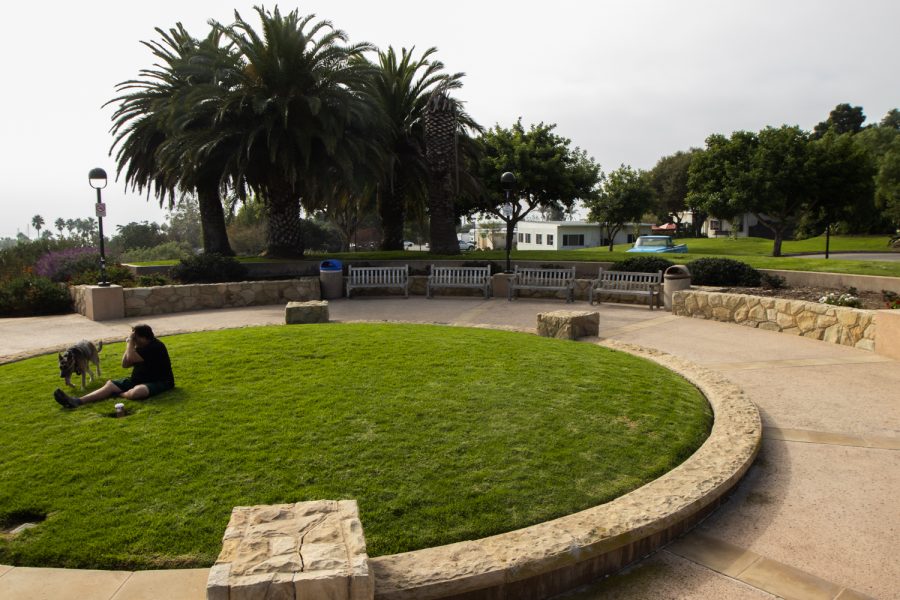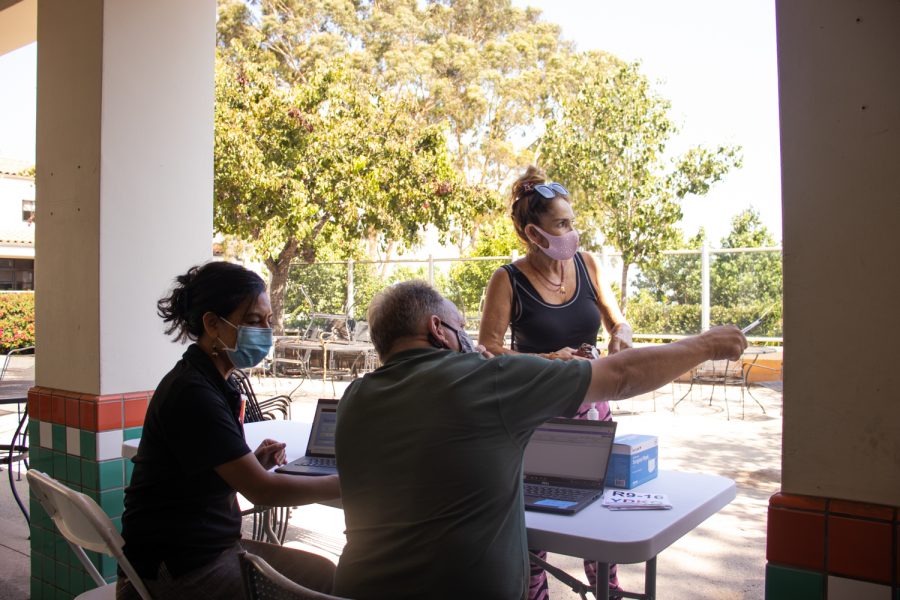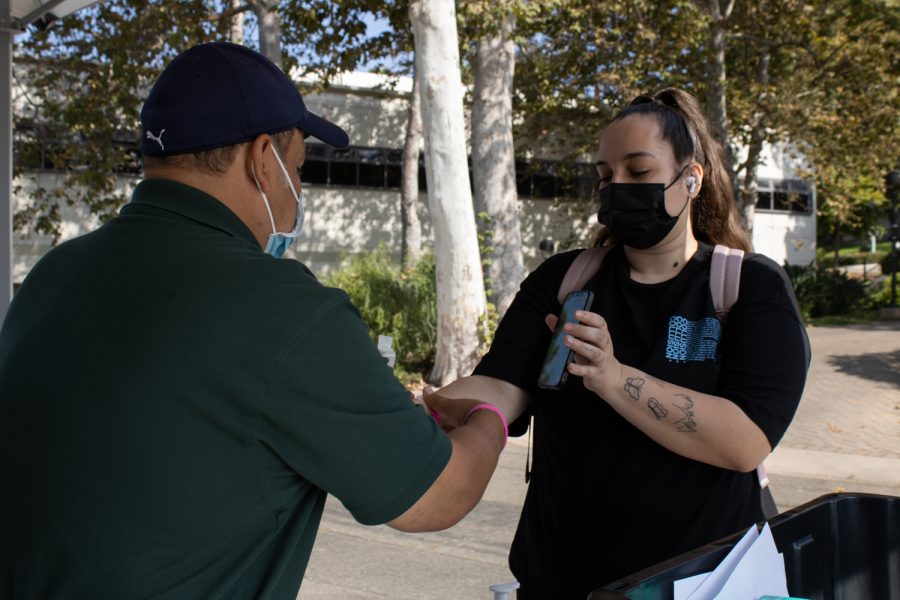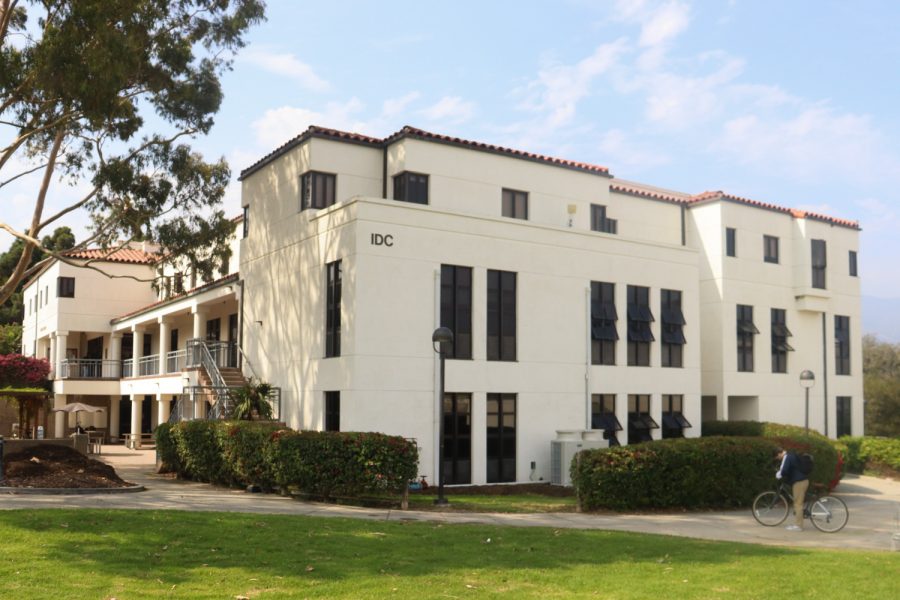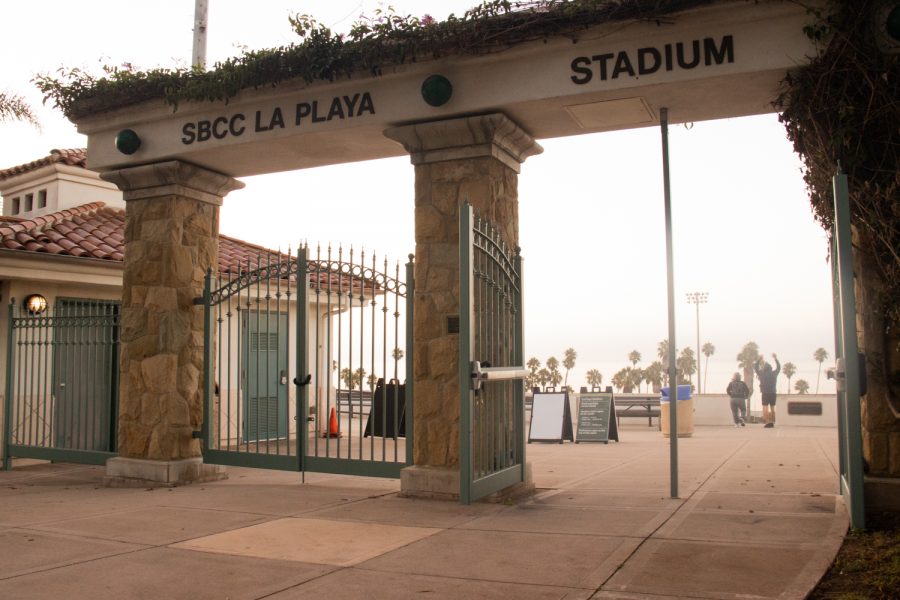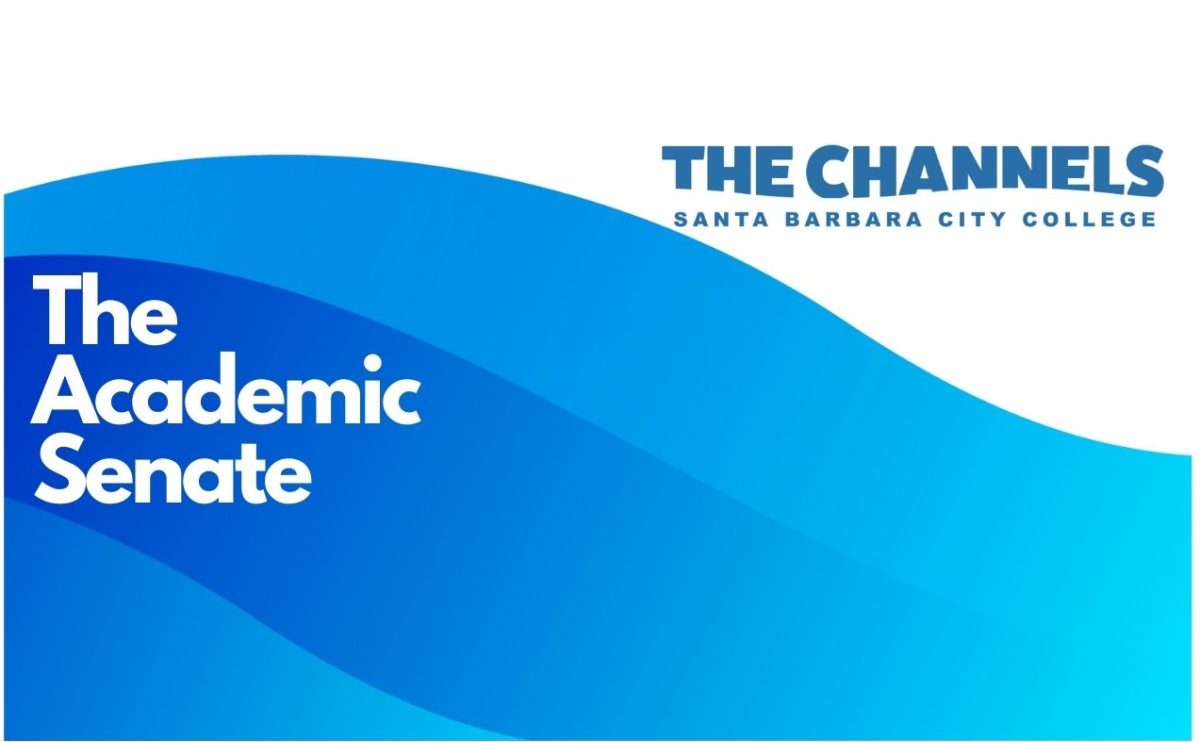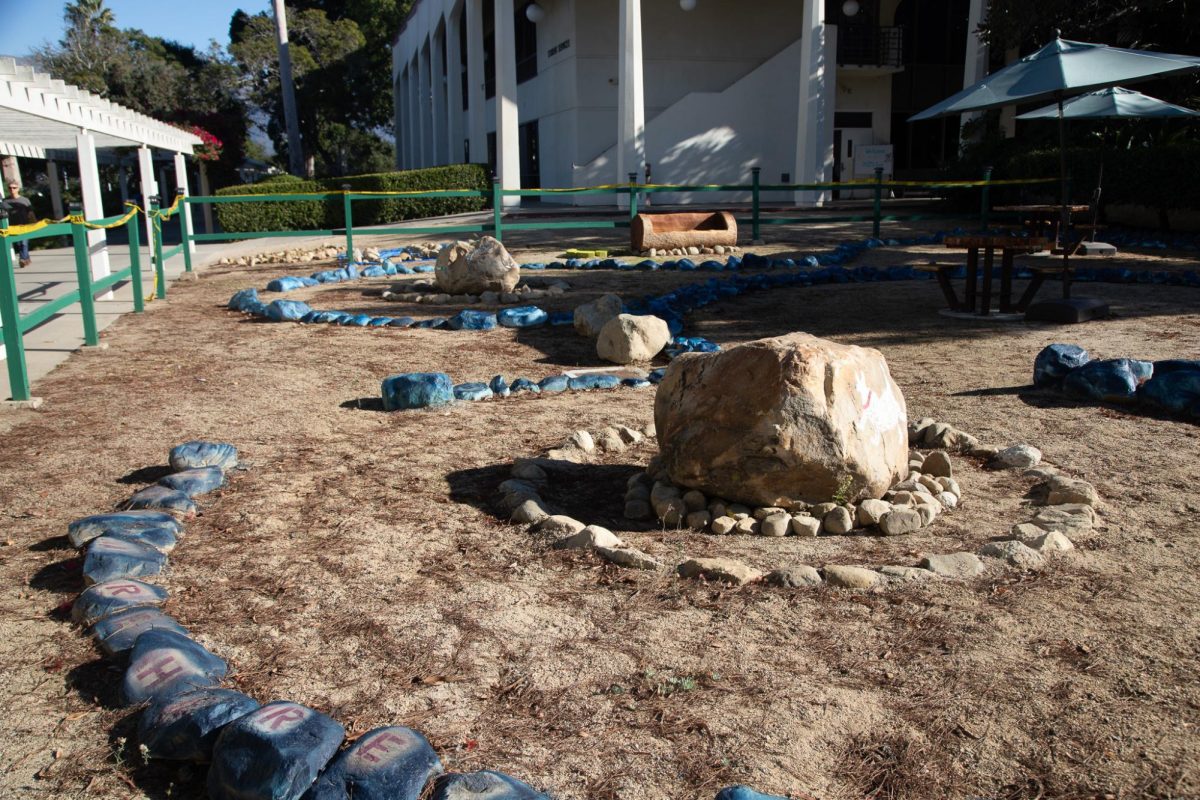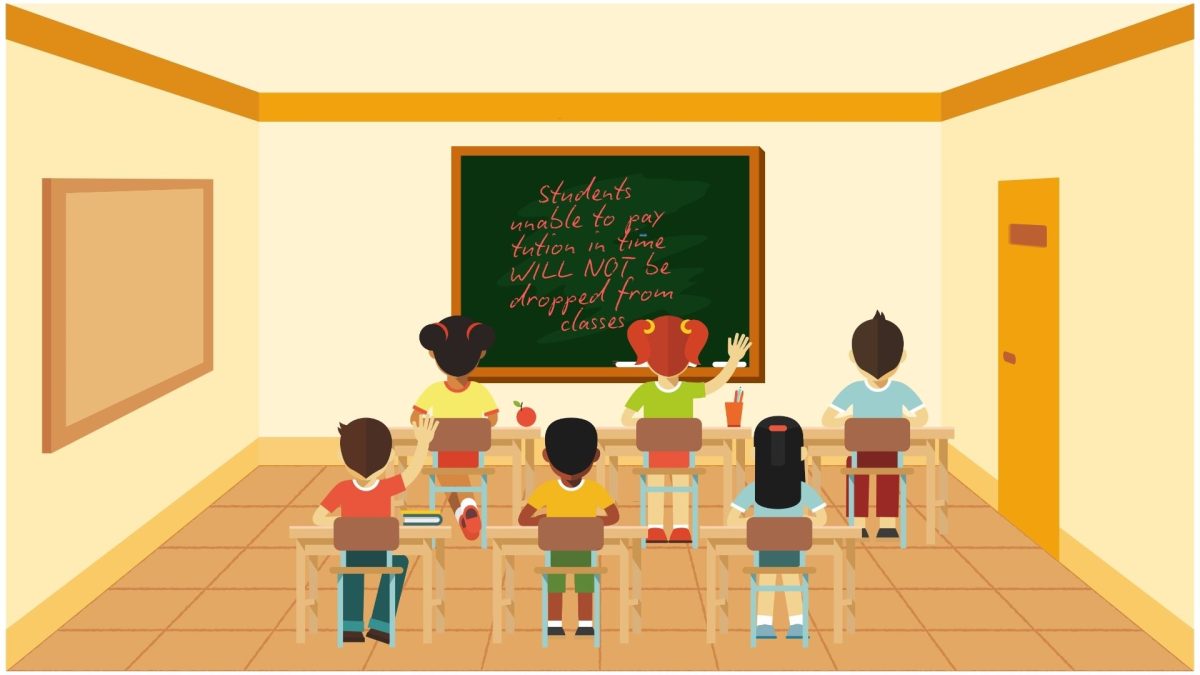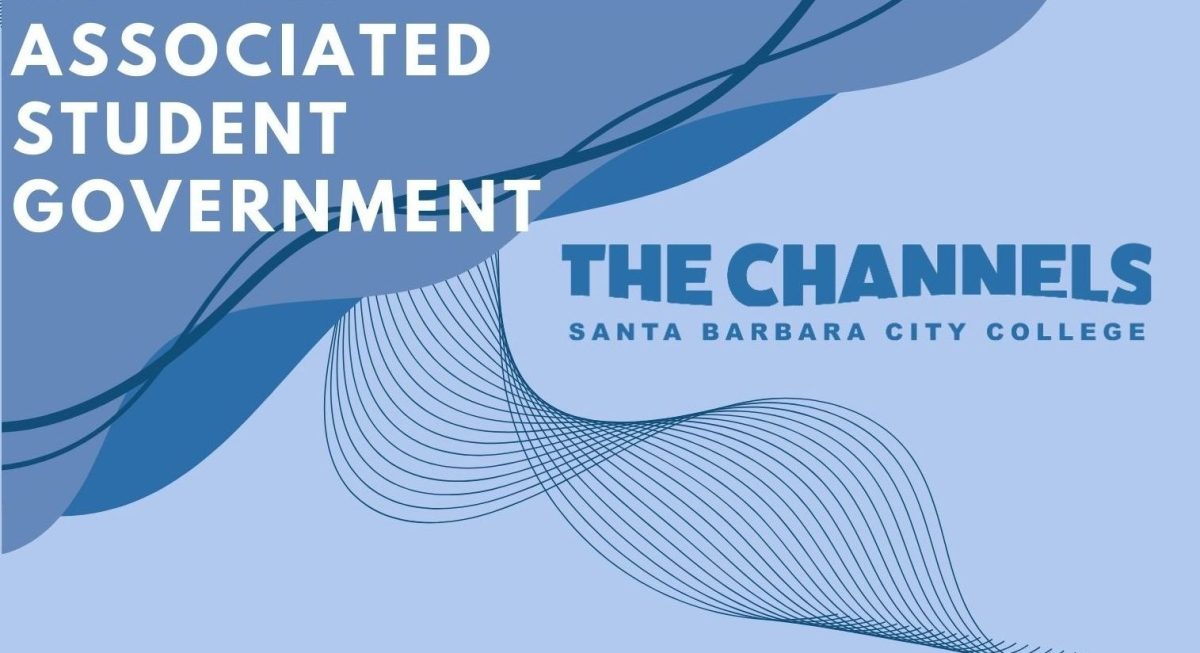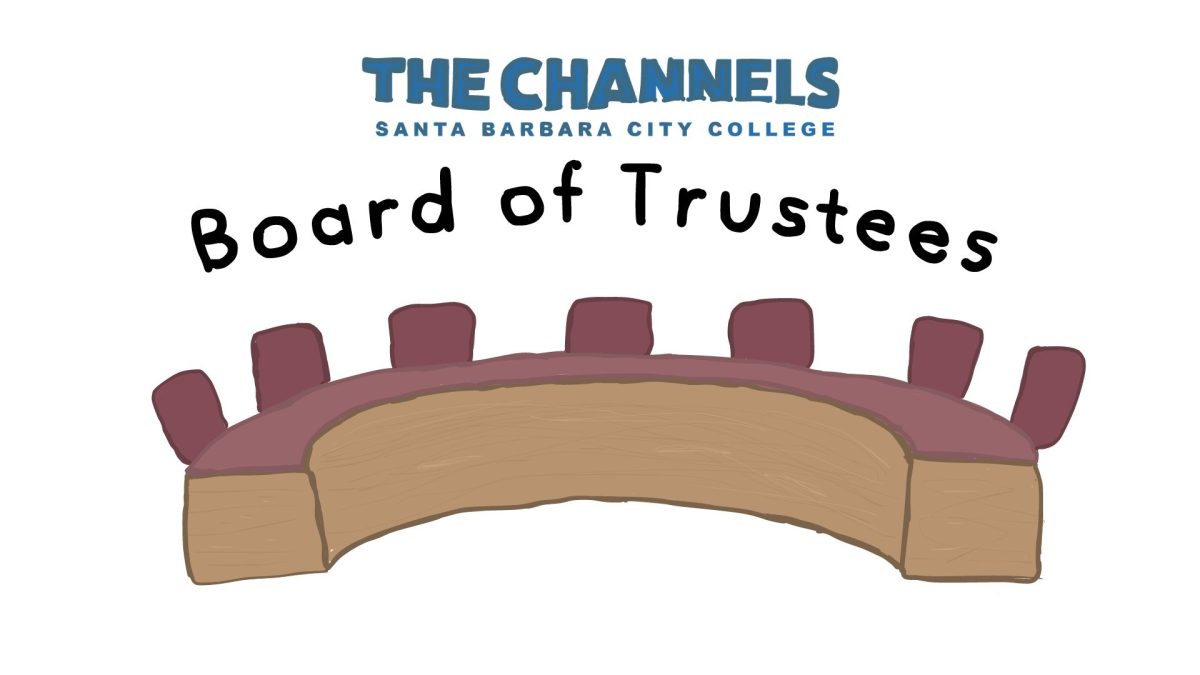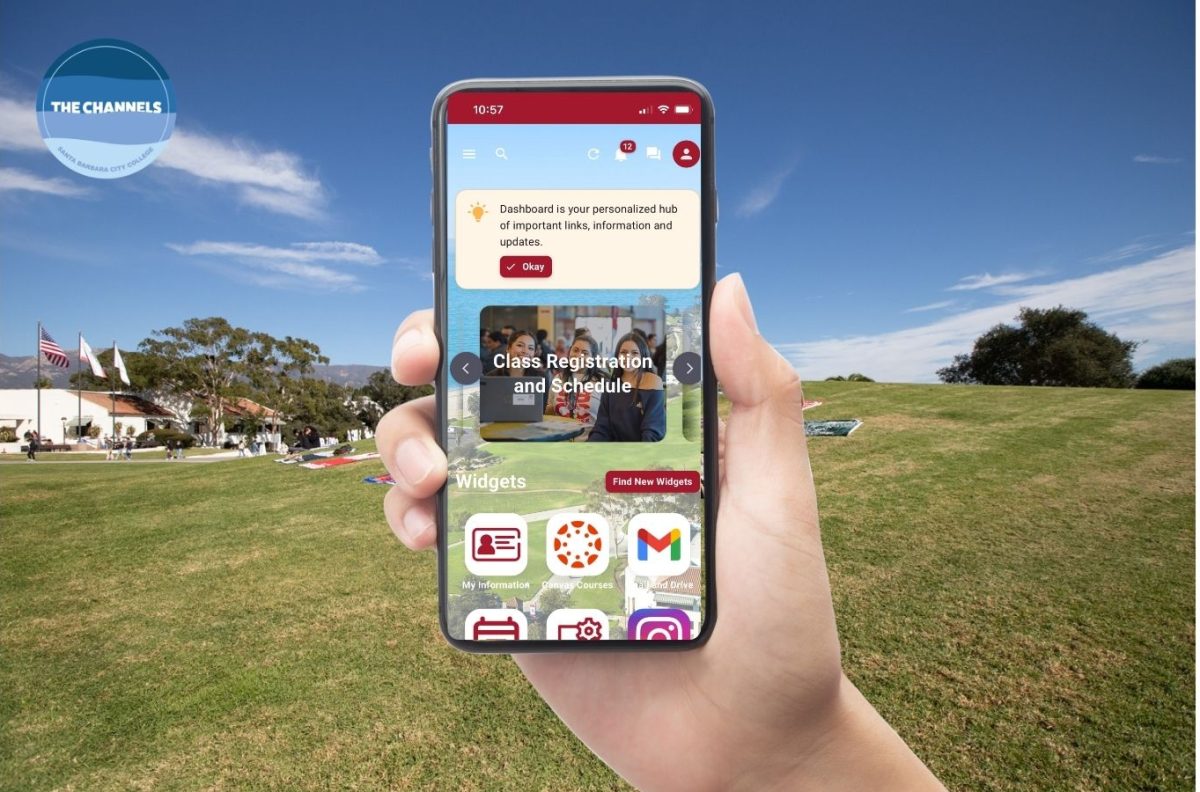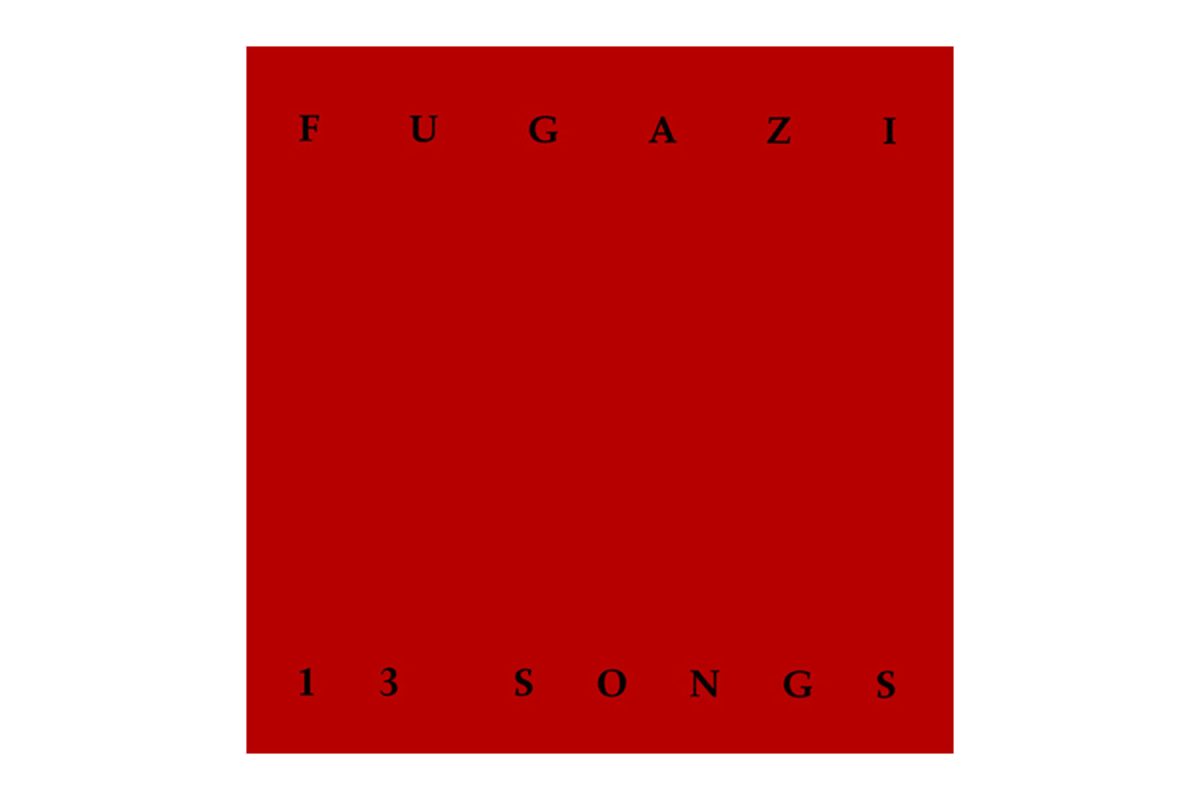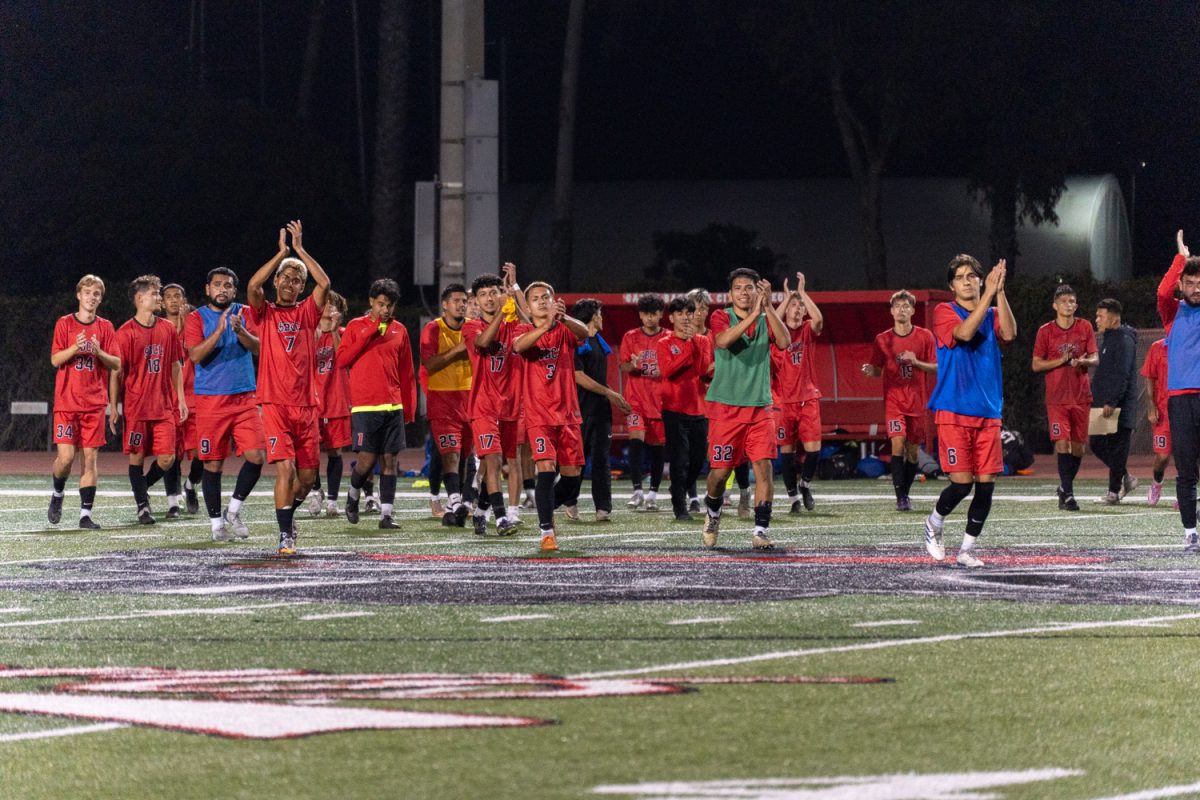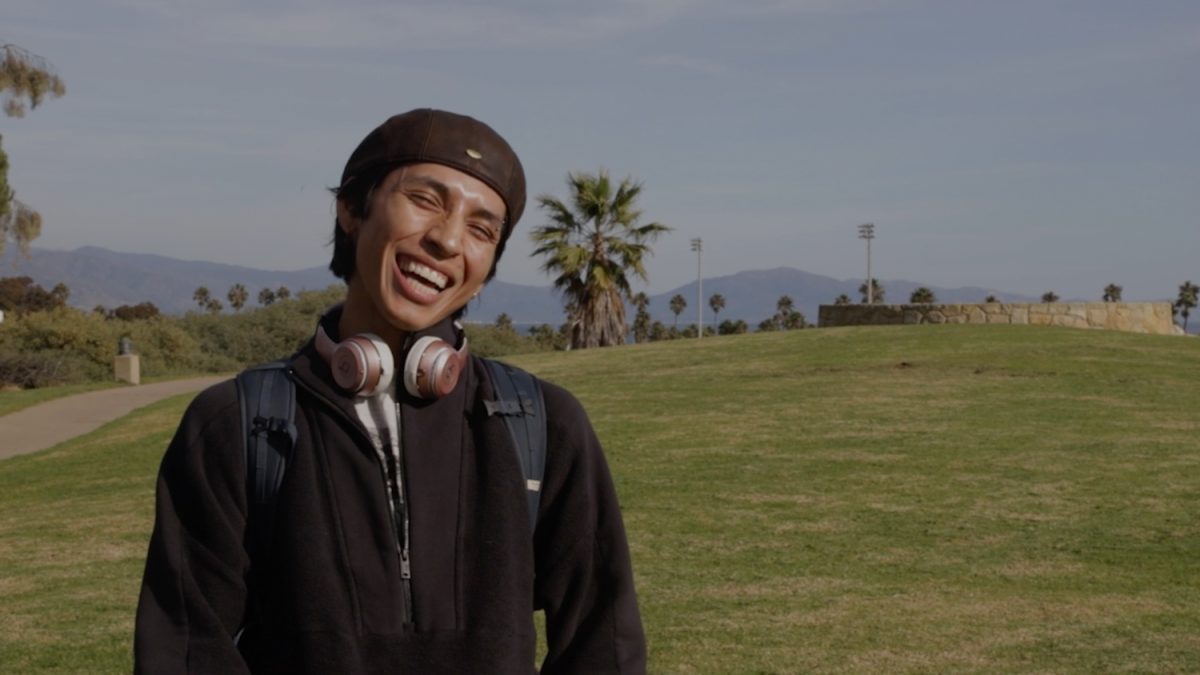The start of the school year is usually marked by crowded parking lots and thousands of students crossing the bridge, but this semester is looking much different.
Fall classes are back in session while campus is deserted— and the move to online instruction due to the pandemic has led to an 8% drop in enrollment compared to last year.
Superintendent-President Utpal Goswami said he will be keeping a close eye on enrollment, as the decrease could pressure the school to make changes moving forward.
“The decline in enrollment is concerning—especially the significant drop in non resident student enrollment,” said Goswami. “If the decline is permanent then we will have to make structural adjustments at SBCC.”
Goswami did not elaborate on what type of structural adjustments would have to be made, though Executive Director of Public Relations and Communications Luz Reyes-Martin did say that the budget could take a hit if this downward trend continues.
“If we are looking at a long-term dip in enrollment, then that will certainly affect our budget,” she said. “Our Fall enrollment has been impacted by COVID-19.”
This drop mirrors the plummeting enrollment at community colleges across the nation.
Virtually every public college and university across the nation is wrestling with how to provide quality distance-learning experiences at a time when the global pandemic has killed more than 180,000 people across the U.S., 13,000 people in California and nearly 100 in Santa Barbara County.
The school bases enrollment numbers on headcount and FTES, or full-time equivalent students. A portion of the school budget is guided by a three year average of this number, along with measurements of student success and retention rates.
“It’s too early in the semester to provide an accurate FTES comparison,” said Reyes-Martin. According to headcount, there is a decrease in enrollment of about 1,500 students from Fall 2019 to Fall 2020.
“We’ve seen a decrease of 4% from our California students and more dramatic decreases in our out-of-state students and international students,” said Reyes-Martin.
There is a 35% drop in out-of-state, and almost a 50% drop in international students. Going into our second week of classes, a decrease of about 500 in-state residents, 600 out-of-state and 400 international students is shown.
A dip of nearly 1,500 students could be a cause for alarm, though Reyes-Martin said California community colleges do not have growth funding available for them if they increase enrollment anyway.
“We want to remain relatively status quo and focus on supporting our students and retaining them from semester to semester,” she said.
In the Spring 2020 semester, when the pandemic first forced the transition to remote instruction in mid-March, City College managed to guide students through the end of the term and award over 2,100 degrees. This matched the 2,111 degrees awarded in Spring 2019, which was a 22% increase from the 1,736 degrees earned in the previous year.
“It is hard to discern at this time if this is a long-term shift in enrollment or solely due to COVID-19,” Reyes-Martin said. The move to online instruction did factor into the drop in enrollment, she said, as many out-of-state and international students prefer an in-person college experience.
Of course, if there is a steady drop in COVID-19 cases, and the state allows schools to reopen for in-person instruction in the next few months, enrollment numbers could return to normal.
“We will know more by early spring 2021,” said Goswami.


